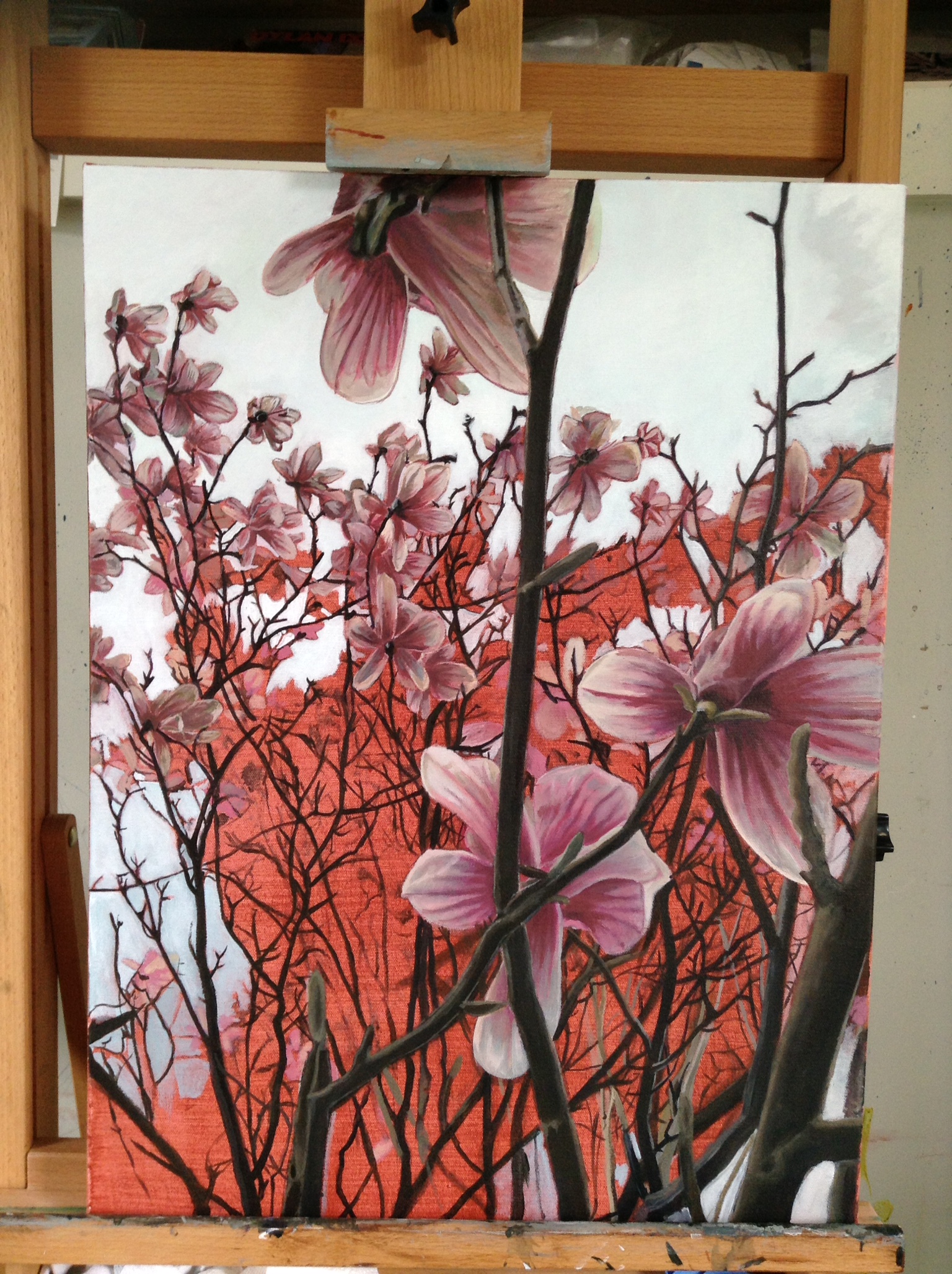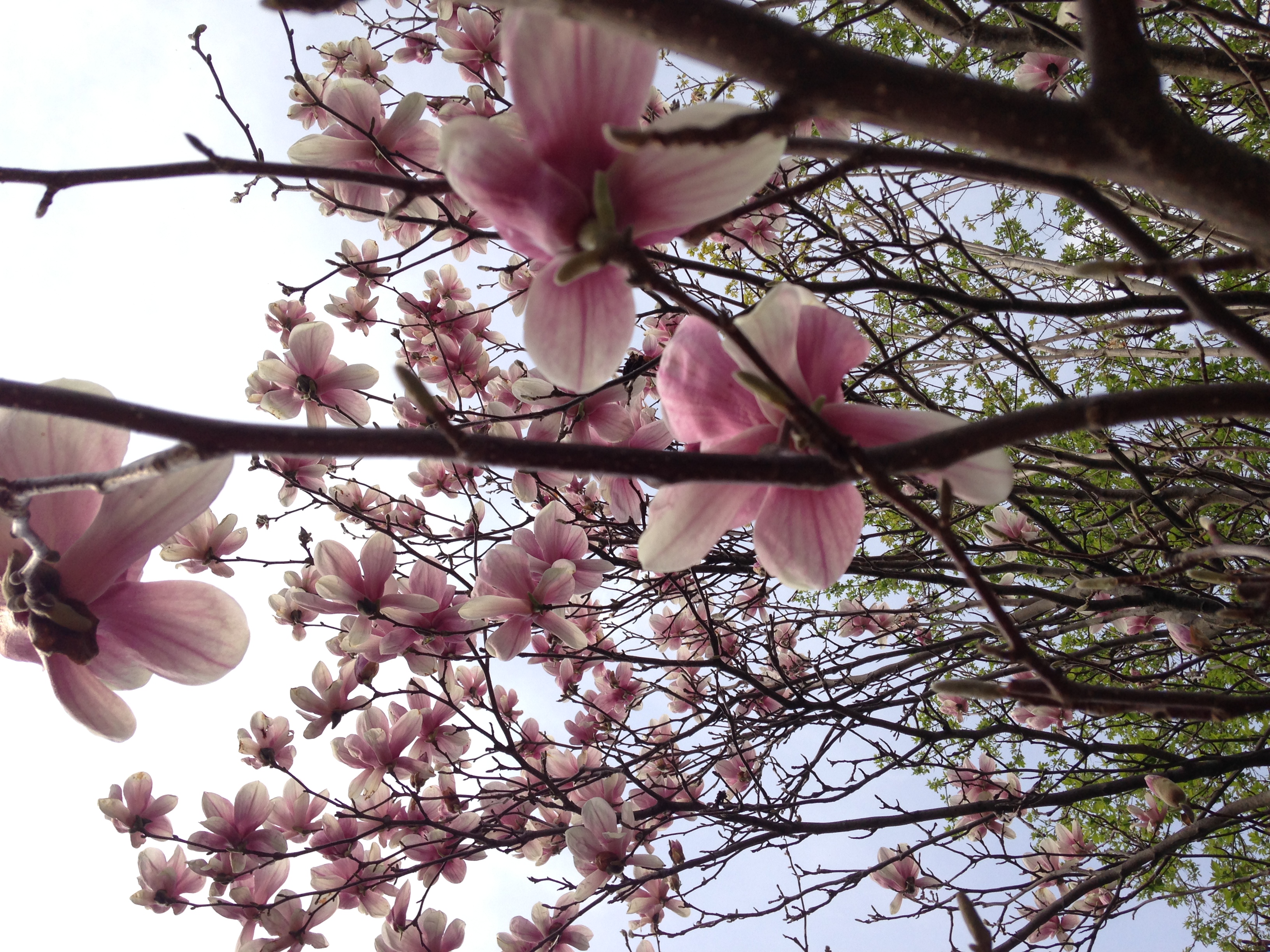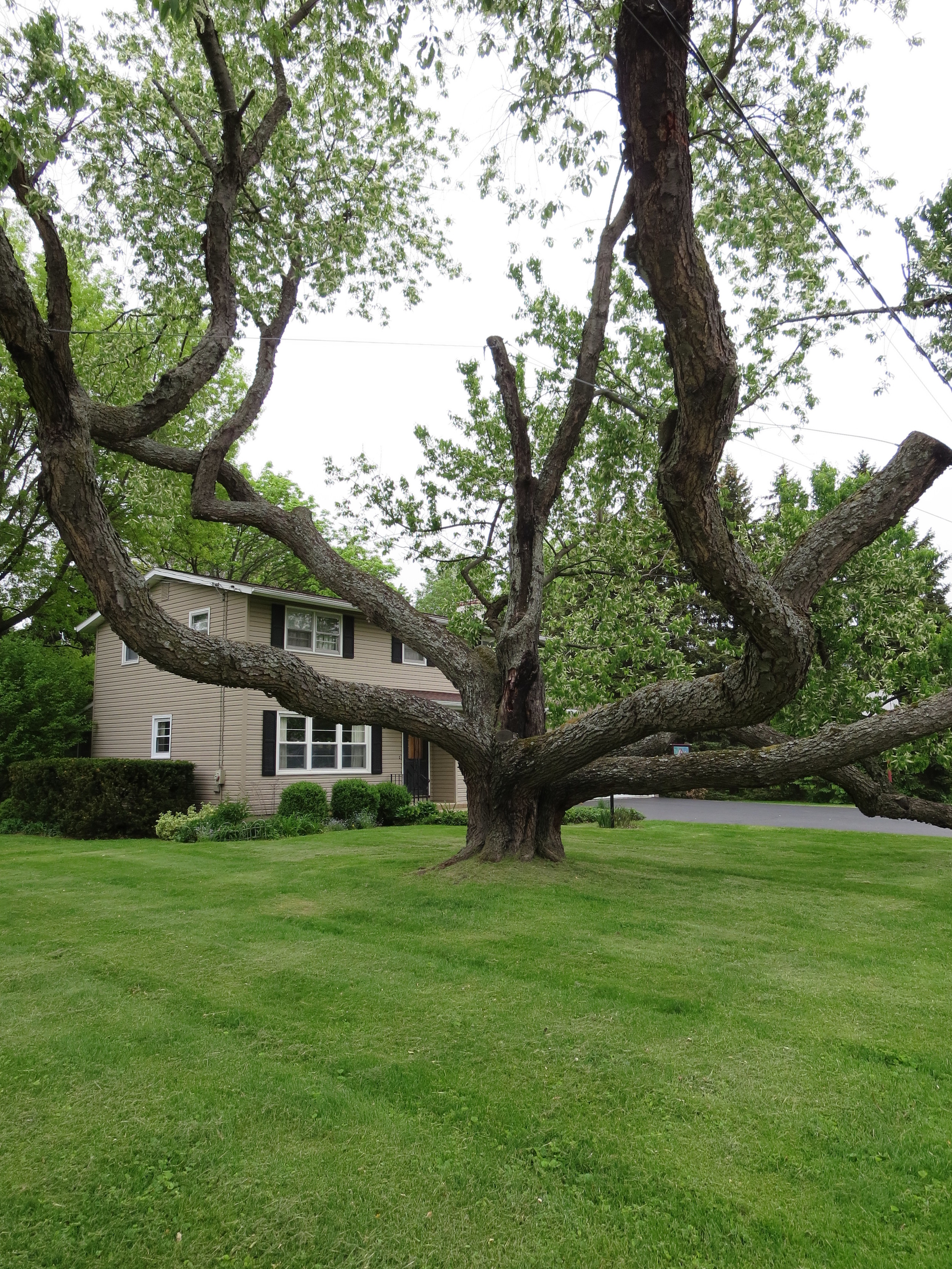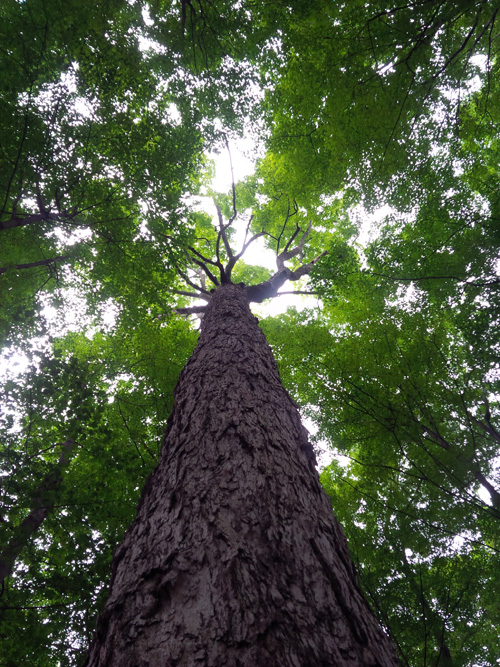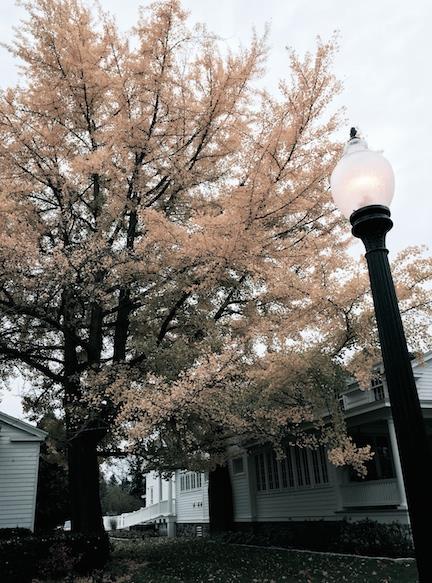Land Art
In order to grow as an artist, the best thing to do is to try something new and get out of your comfort zone. I would describe myself as a traditional two-dimensional artist; therefore, with this land art project, I was able to think outside of the box and instead of drawing with the typical pencil and paper, I went outside and started designing with what the land had to offer.
In order to grow as an artist, the best thing to do is to try something new and get out of your comfort zone. I would describe myself as a traditional two-dimensional artist; therefore, with this land art project, I was able to think outside of the box and instead of drawing with the typical pencil and paper, I went outside and started designing with what the land had to offer.
For my first Land Art project, I decided to create a Mandala design by using leaves and pines cones found and collected around the yard. My process was simple, I started with the yellow maple leaves and designed an oval, then I added the green lilac leaves and the brown pine cones to further develop that mandala and to create some contrast. I let three weeks pass by, and it was interesting to notice how the leaves were the most effected by the weather and the passage of time; yet, a couple of weeks later, I started to see a fading in the pine cones, as well, and the mandala was almost unrecognizable. The elements I had used to draw in the landscape went back to their real purpose of decay and renewal.
For my second project, I decided to create an installation of leaves tied by the stems on the branches of a bare arctic kiwi plant. After a month the vibrancy of the fall colors faded away.
For my third art project, I wanted to depict how the sun had an important role in creating instant drawings through its dramatic play of of lights and shadows.
For my fourth project, I decided to use recycled brown paper, braided tall weeds and plant to create lines which either flowed harmoniously with the landscape or harshly contrasted with it.
Lastly, I wanted to depict how a small land art design can have a great visual impact on the landscape, if even for a very brief period.
In conclusion, what I have learned from land art is that the creative process is more important than the final art piece, which is short-lived. While working on these art projects, I witnessed nature as a constant dynamic force. Through the sun, rain, and snow influencing and destroying my land art pieces, I felt the never ending energy and its effortless flow, and I saw the beauty of life in all its glory.
The Story behind the 'Magnolia Tree'
This week I will highlight the story of Deborah Goemans, one of the eight winners of the Best Onondaga County Tree Photo Challenge, an interactive art project that asked Onondaga County residents to go into nature, find the most beautiful trees in our county, and send their suggestions to me with a photo.
Writer, Deborah Goemans.
1. Describe yourself: name, age, location, what do you do for a living and what are some of your hobbies? I am Deborah June Goemans, a writer and editor living in Tully. My age is over twenty-one J and I love to dance and eat and travel to my native South Africa as often as I can.
2. Why did you choose to photograph this particular tree/ trees? I loved how the blossoms looked like a natural bridal bouquet.
3. What time of the year was it? This picture was taken in spring.
4. What is the exact location of this tree? It is in my garden in Tully, New York.
5. Do you know the type of tree you have captured? Does this tree have a particular meaning to you? This magnolia tree is special for my family. It was planted before we moved into the house but it was like my girls—still young when we moved in. It has grown with them and now that they have moved on to their own lives, it remains, a beautiful symbol of their childhood.
6. How did you find out about this challenge? I love this artist’s work, and I follow her on Facebook.
The making of 'Magnolia Tree'
Below you will see the development of this painting, step by step, and how my social media followers played a big part on the final result of this acrylic painting.
I really liked the red on the background but it looked unfinished that way. I thought about covering all the red and just create a copy of the photo (boring, right?) or saving the red, somehow, therefore, creating a more surrealist and dreamy piece.
So I asked my faithful friends and fans on facebook what they thought I should do. I received many responses and they all had the same answer: KEEP THE RED. So, I did.
I left my perfectionist and joyless way of approaching a painting to embrace a looser and more enjoyable style. Instead of copying exactly the photo, I listened to my gut, allowing this painting to take a distinctive direction. Don't you agree?
Magnolia Tree a 24x18x1.5" acrylic on canvas by Maria Rizzo.
Winners of the Best Onondaga County Tree Photo Challenge
Last year, I received the Individual Artist Commission Grant from the CNY Arts 2014 Decentralization Program to engage Onondaga County residents in an interactive art project that promoted nature appreciation and community involvement in artistic creation.
In the first part of the art project, my goal was to emotionally engage the community by asking Onondaga County residents to go into nature, find the most beautiful trees in our county, and send their suggestions to me with a photo. I selected eight trees from those sent to me, and I used them as reference in the creation of eight acrylic paintings on canvas.
So, without further ado, the recipient of the eight winning photos are:
Ray Trudell with Magnolia trees from Syracuse, NY;
Bryan Hills with an unknown tree from Oren, NY;
Deborah Goemans with a Magnolia tree from Tully, NY;
Dan Elsbey with a Dark Cherry tree from Camillus, NY;
Steven Marrone with a Willow tree from Syracuse, NY;
Tom Howard with an Old Sugar Maple tree from Liverpool, NY;
Mary Mollica with a Maple tree from Dewitt, NY;
and Ellen Leahy with a Gingko tree from Skaneateles, NY.
The submission’s deadline was October 31, 2014. I used different traditional media and social media platforms to promote this interactive project, such as Facebook, Twitter and e-mail blasts.
In the next blog post I will talk about the second element of my interactive art project and then, each week, I will start writing about the eight winners of the Best Onondaga County Tree Photo Challenge. I will share who they are, what they do and why they were compelled to photograph these particular trees. Along with the winners' story, I will share the artistic journey of each painting that was based on their photos.
MARIA RIZZO
Trees, Lands & Dreams | Art Blogger #theartistspath | Art Educator | From Italy 🇮🇹🇺🇸 |





























